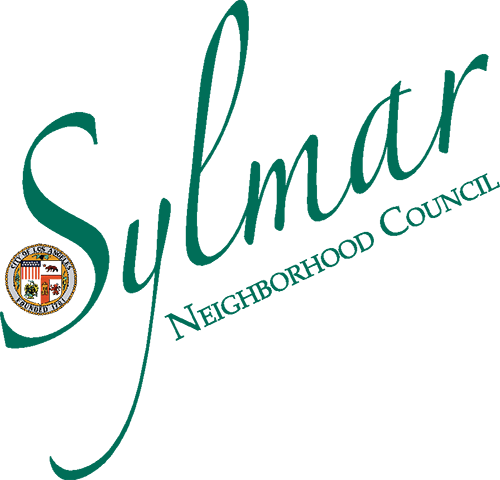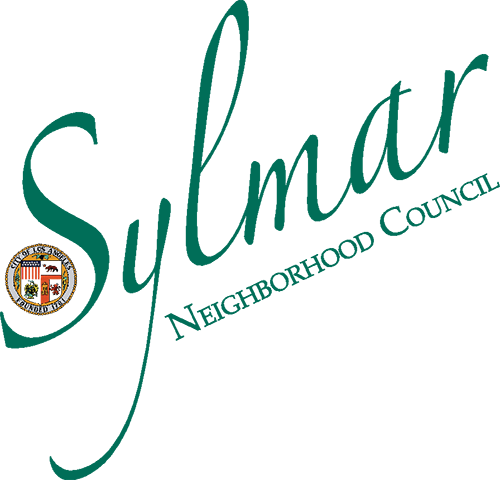-
(818) 833-8737
13521 Hubbard St.Sylmar, CA 91342
- Login
Sylmar • History
Posted on 08/02/2023
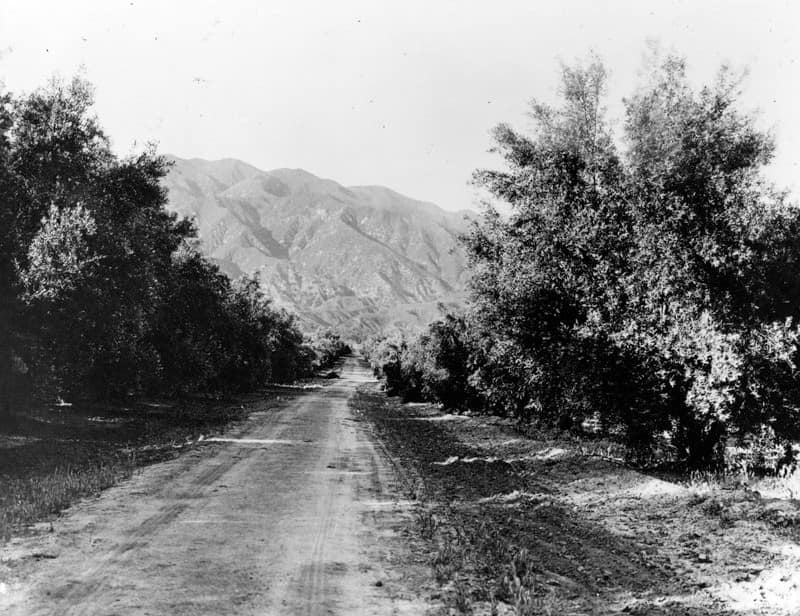
SYLMAR AREA HISTORY:
Fifteen hundred years before the Spaniards explored the possibilities of the vast areas of the land grants awarded by the King of Spain in the 1770s, the Shoshone people, also known as Tataviam, lived and roamed in the area we now know as Sylmar. They had migrated from Nevada and Western Arizona, probably driven west by tribes fiercer than they.
The Shoshone built tule grass and willow branch wickiups, found ample food and water from springs, and traded with friendly tribes as far away as Catalina Island and Arizona. They once numbered as many as 150,000 throughout Alta California, but by 1920 the U.S. Census showed only 17,000 remained.
The San Fernando Mission, Mission San Fernando Rey de España, was founded on September 8, 1797. In the 1820s, a mission father by the name of Iballa planted four young olive tree seedlings from Spain, thus becoming somewhat responsible for the olive trees Sylmar would be known for.
The history of Sylmar is often intertwined with that of San Fernando, although the latter was incorporated as its own city on September 16, 1874. Upon learning of the new city, businessman Robert Widney published a pamphlet about the area’s perfect weather and soil for growing olives. Lured by his favorable description, a group of Decatur, Illinois businessmen bought 2,000 acres east of the railroad tracks and south of Roxford Street. By 1890, they had planted 1,100 acres of olives.
Calling themselves the Los Angeles Olive Growers Association, they built a packing plant and sold olives initially under Tyler Olives and later under the Sylmar Packing label. Sylmar olives became famous throughout the state for their sweetness and purity. One particular challenge was providing water for the young trees, which were watered with buckets from a horse-drawn flatbed wagon.
It took the engineering genius of William Mulholland to bring water from the High Sierra Mountains to Sylmar and the rest of the San Fernando Valley through the Los Angeles Aqueduct. Part of the aqueduct is a series of Cascades, clearly visible from the I-5, which were opened on November 13, 1913. Local stories state that William Mulholland stood on the foothills near the site of the planned aqueduct and noted that the wind caused the green and silver leaves of the olive farms to look like waves crashing against the mountains. He was noticing the reason for the name Sylmar, Sea of Trees. The annexation of Sylmar and the rest of the San Fernando Valley to the City of Los Angeles followed on May 22, 1915.
In 1946, the Sylmar population was around 15,000. In 1958, when the Chamber was renamed, the number grew to 18,000. By 2004, the population has grown to 74,839 residents. As of January 2009, the population is closer to 90,000 residents.

(1930s)* - View showing olive groves on Roxford Avenue, north of Sylmar.
Historical Notes
The first groves were planted with Mission, Nevadillo Blanco, and Manzanillo olives. Some Sevillano and Ascolano varieties were planted for extra-large fruit. During the picking season in the early 1900s, an extra force of 300 Japanese was employed and housed in a village of tents.
Some of the olive trees were still growing in Sylmar decades after they were planted. In 1963 twenty-five mature olive trees were removed from the site of the Sylmar Juvenile Hall, then under construction, to be planted at Busch Gardens, an entertainment center in Van Nuys.*
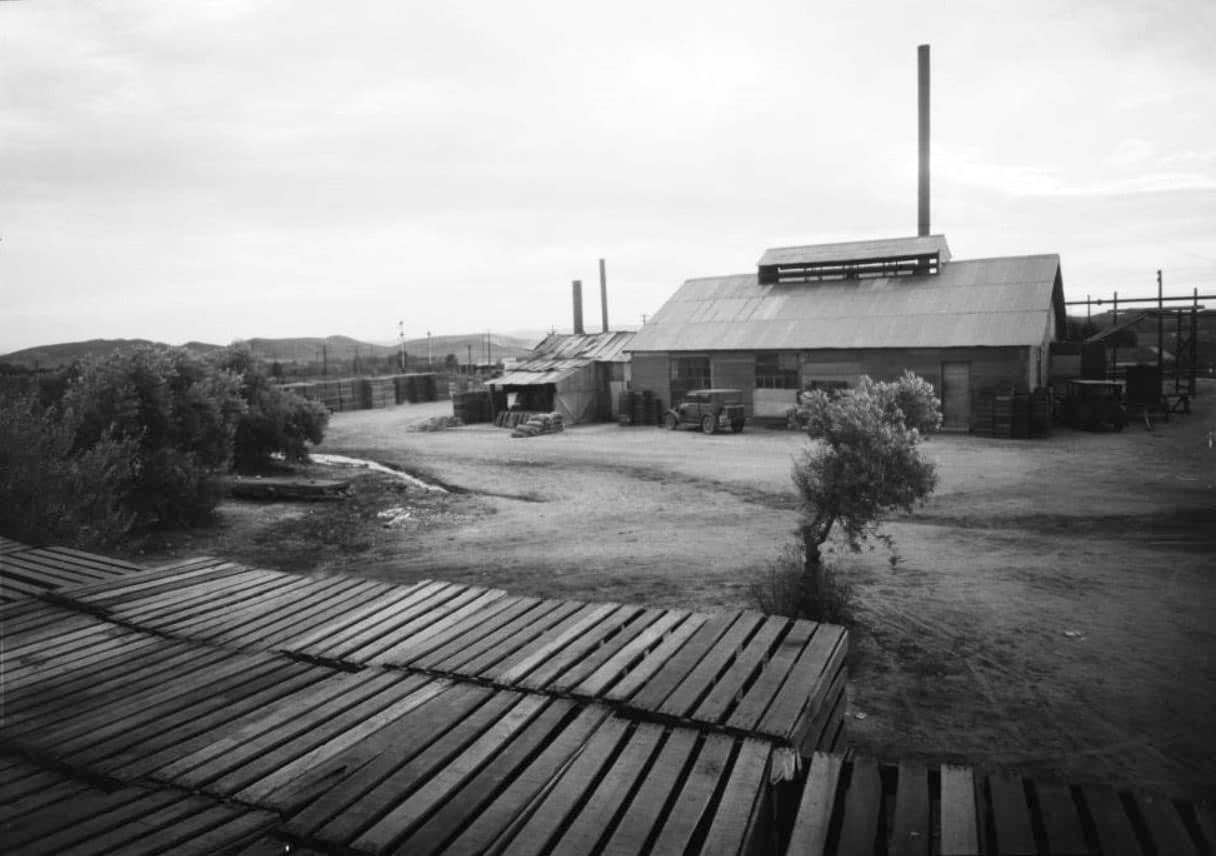 (ca. 1930)^^ - View showing an olive factory of the Los Angeles Olive Growers Association, Sylmar.
(ca. 1930)^^ - View showing an olive factory of the Los Angeles Olive Growers Association, Sylmar.
Historical Notes
In 1927 the packing plant, which had been built in 1910, employed some five hundred workers during its busiest season, November through January. The oil was pressed from the fruit, allowed to separate from the fruit's water content, then drawn into 12,000-gallon concrete tanks lined with glass and set deep into the ground to avoid a change in temperature. Over time, the plant expanded its activities, bringing in figs, pimientos and watermelon rind from the San Joaquin Valley for processing.
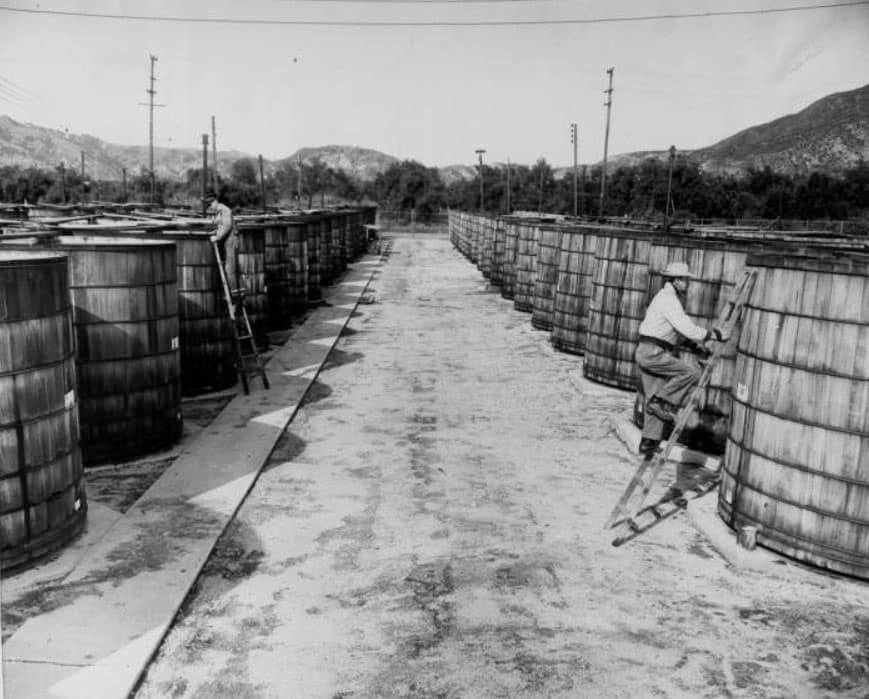
(1953)^^ - Photo of Harold Riley and Frank Lopez climbing ladders to look into olive vats at a Sylmar packing house.
Historical Notes
In 1922, the controlling interest in the Los Angeles Olive Growers Association, which had been held by the estate of F.D. Butterfield (Charlotte M. Butterfied, the heir), was bought by Charles C. Moore of San Francisco, and its name was changed to Sylmar Packing Corporation. The management remained with Frank Simonds, who was president of the association. At that time there were 140,000 trees on the property
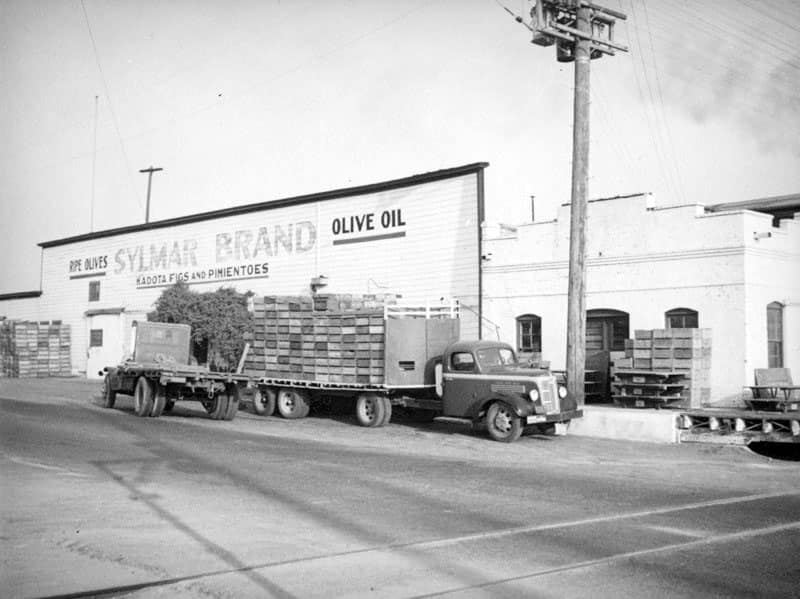
(ca. 1937)* - A truck loaded with crates of olives and a whole olive tree, parks in front of the Sylmar Packing Corporation, where a sign painted on an industrial building proclaims "ripe olives, Sylmar Brand olive oil, Kadota figs and pimentos," making the observer wonder if they offered fig stuffed olives or if this was a separate line.
Historical Notes
The Sylmar Packing Corporation, which was located at 448 South Hill Street in Sylmar, handled the product of the largest olive grove in the world and was once the largest industry in Sylmar. It was demolished in 1958 and there is no Hill Street in Sylmar today, but there is a Hill Crest Avenue and a Hillside Drive, both above a street that is still called Olive View Drive

CLICK HERE - Candidate Application!


MyLA311
Upcoming Meetings & Events
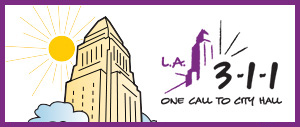
My LA 311
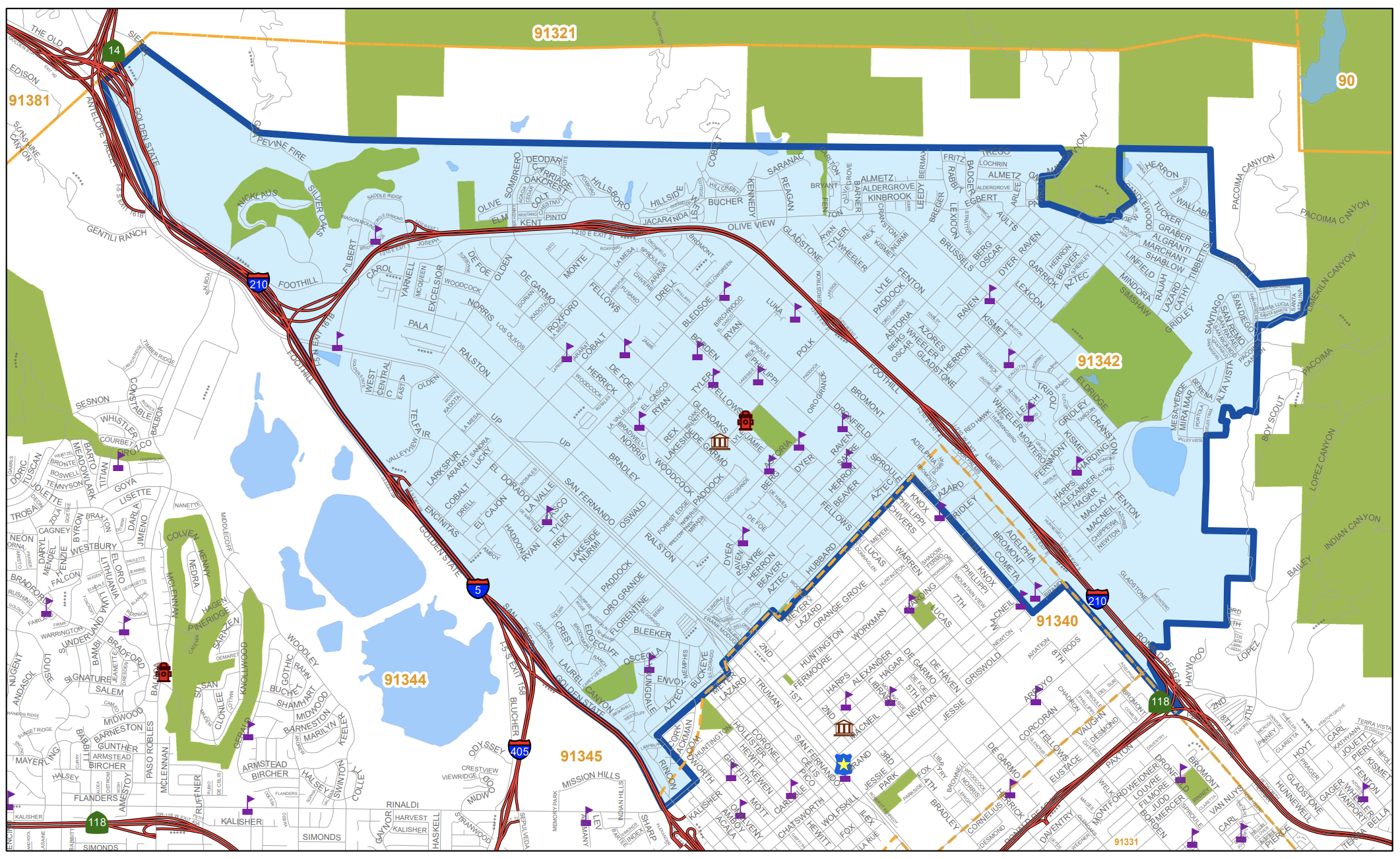
Area Boundaries and Map
View our neighborhood council boundaries for which we deal with.

EMPOWER LA

NEIGHBORHOOD COUNCIL CALENDAR & EVENTS
The public is invited to attend all meetings.

NEIGHBORHOOD COUNCIL FUNDING SYSTEM DASHBOARD

SUBSCRIBE TO NC MEETING NOTIFICATION

